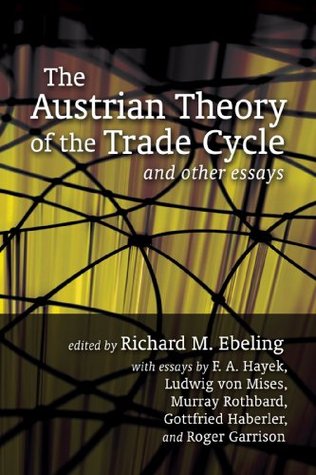Mises showed that an artificially low rate of interest, maintained by credit expansion, misallocates capital, making the production process too time-consuming in relation to the temporal pattern of consumer demand. As time eventually reveals the discrepancy, markets for both capital goods and consumer goods react to undo the misallocation. The initial misallocation and eventual reallocation constitute the microeconomic foundations that underlie the observed macroeconomic phenomenon of boom and bust. Mises’s theory was superior to its Swedish forerunner in that Wicksell was concerned almost
...more
Welcome back. Just a moment while we sign you in to your Goodreads account.


